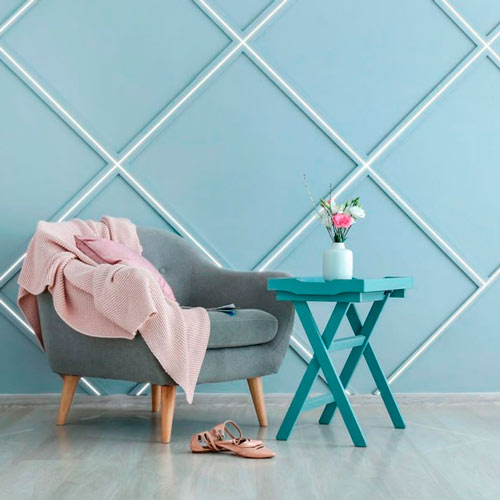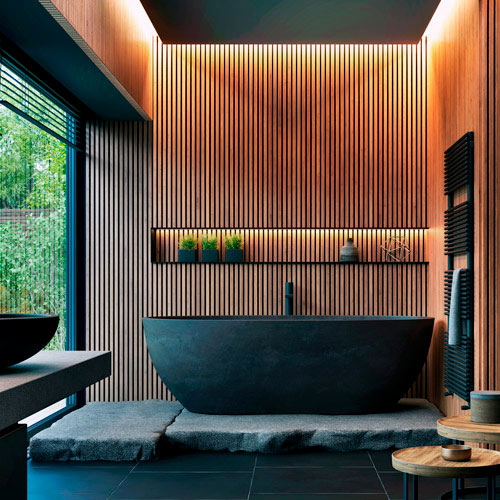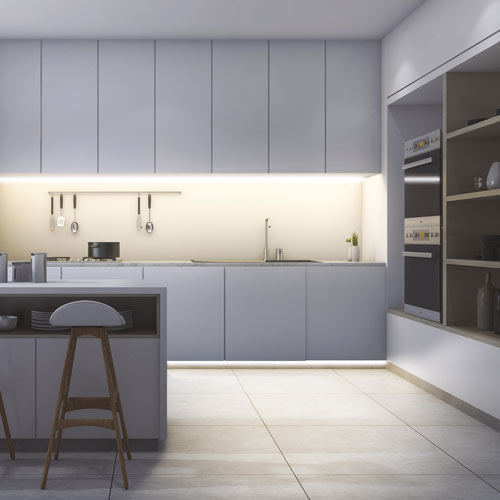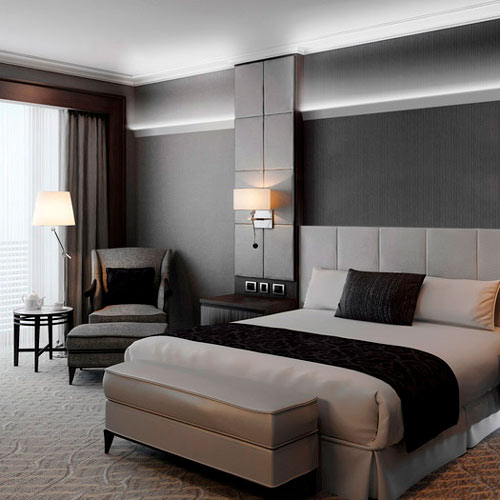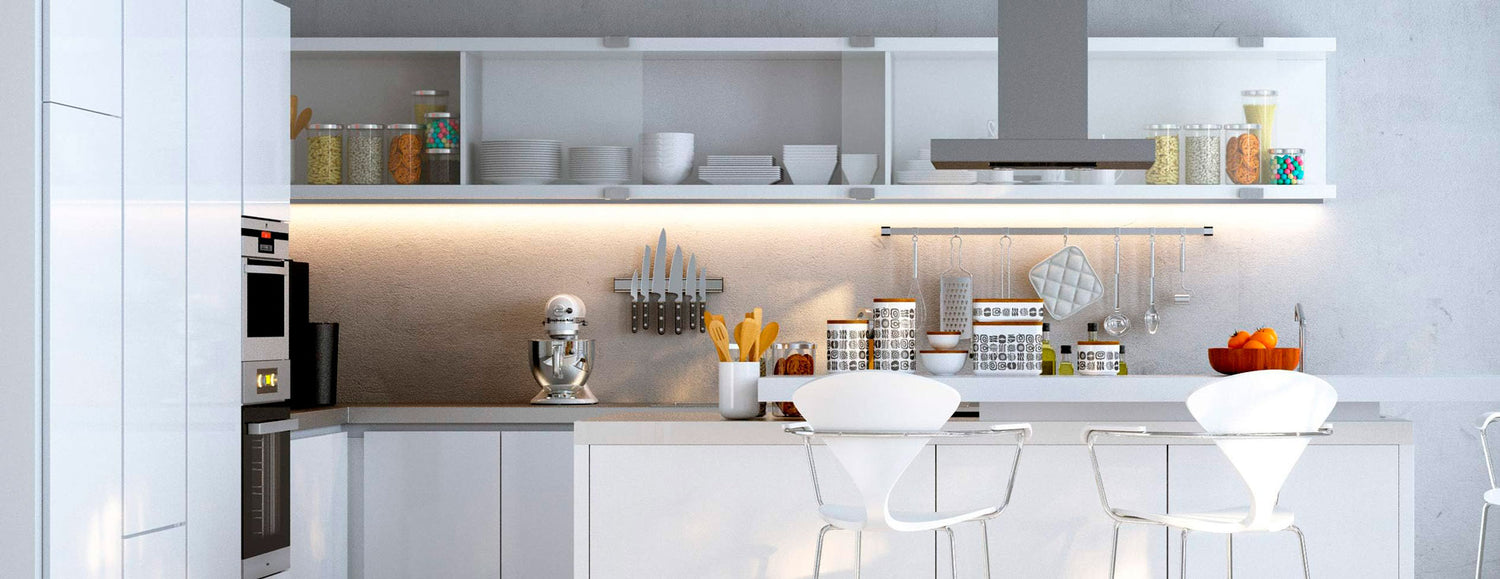
Home lighting
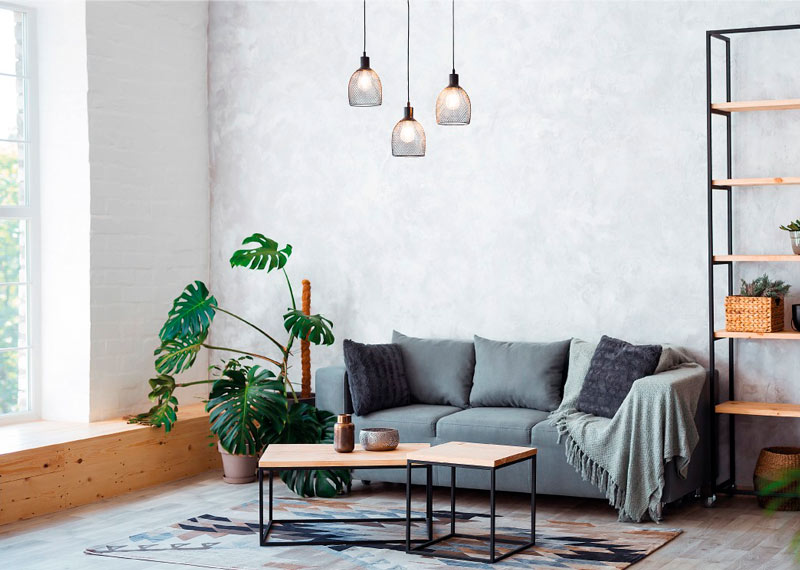
Light smartly
Home lighting LED-with lights
Home lighting not only adds comfort, but also atmosphere and security. Good home lighting is made up of many different elements. We've put together some tips and links on how you can create a home that's comfortable and meets your family's needs.
In the past, many people simply installed light bulbs in the ceiling for practical reasons - traditionally, a light socket in the middle of the ceiling was enough to see, read, cook, do things and be at home.
With a little investment, home lighting can add that final touch to a home, making it feel luxurious and of high quality. That's why lamp and LED-So it really is worth taking the time to think about your lighting choices - and possibly with an expert.
Designing your home lighting
Nowadays, home lighting is much more versatile and creative than it used to be. Many people want to create different moods for different rooms and situations. This requires different types of lamps and lighting solutions.
The first step in home lighting design is to define the purpose and needs of the room. For example, a living room needs different lighting than a bedroom or hallway. For example, the living room needs lighting for reading and watching TV, while the bedroom needs lighting for soothing and relaxing. In the hallway, on the other hand, you need lighting that works for safety and aesthetics.
Another important part of lighting design is determining the level of lighting. The lighting level should be high enough to avoid glare, but low enough to create a warm and comfortable atmosphere. The easiest way to adjust the lighting level is to LED-with luminaires where the lighting level can be adjusted.
LEDWith a luminaire, you can create smart, energy-efficient lighting for your home. LED-They create different moods and lighting levels and last for a long time. LED-have a lifetime of up to 50 000 hours, which means they don't need to be replaced often.
LED-They also save electricity, as they consume significantly less energy than traditional light bulbs. This also means savings on electricity consumption and bills.
It is also important to consider the location of the luminaires when planning the lighting in your home. You should position your luminaires so that they illuminate the whole room evenly. It is also important to think about how the luminaires fit in with the room's decor.
Home lighting in different rooms
LED-Lights also allow you to create different lighting solutions for different rooms. For example, in the living room, you can use wall lights in addition to ceiling lights, or lamps next to a sofa or armchair to illuminate reading. In the bedroom, you can use ceiling lights or hanging lamps to create a calming light.
In the kitchen, for example, aluminium profile inset lights are a good choice. LED-strips, which provide even light on the kitchen worktops and cabinet doors. In addition to kitchen lighting LED-strips are also suitable for accent wall lighting in living rooms or hallways, for example.
Another popular lighting solution is LED-panels, which are ideal for lighting a hallway or living room, for example. Led panels provide even light in a room and can be mounted on the ceiling or on a wall.
LED-They can also be used to create different atmospheres in the home through the colours of the lighting. LED-They are available in a range of colour temperatures that affect the way the light is cast in the room. For example, lamps with a colder colour temperature LED-lamps with a colder colour temperature will give a more energetic feel to a room, while those with a warmer colour temperature will give a more energetic feel to a room. LED-luminaires with a warmer colour temperature create a calmer atmosphere.
Lighting your home smartly LED-lighting is easy and affordable. LED-With smart lighting, you can create a pleasant lighting environment that suits your needs and save electricity at the same time.

